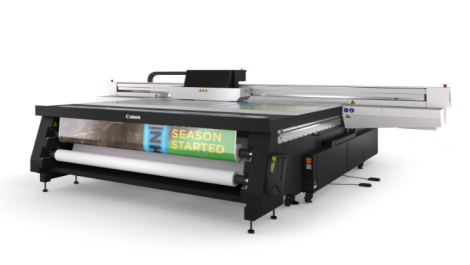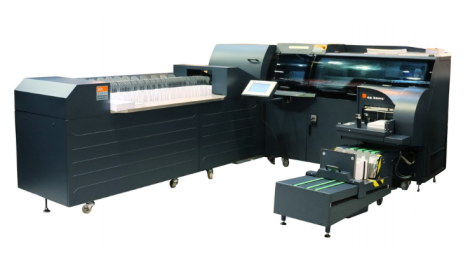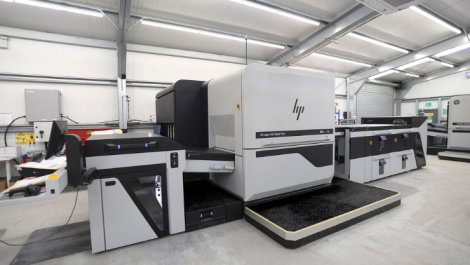Rob Goleniowski, sales support manager at Roland DG (UK)
Print companies invest in wide format printing systems without realising how flexible a machine they now have at their disposal, writes Rob Goleniowski, sales support manager at Roland DG (UK).
‘Diversify or die’ seems to have been the perennial call to printers in the industry over the last few years, usually followed by ‘we need to enhance operational efficiencies’, ‘maximise ROI’ and so on. While all of these are truisms for sure, what is often less clear for the commercial printing company is how exactly this is to be achieved, at a time when most businesses are already squeezing as much out of their printing operation as they can.
However, what many commercial printing companies – digital or litho – sometimes overlook when trying to achieve all the above, is the critical role their wide format machine (sitting quietly in the corner and playing a largely supporting or complementary role to their cut-sheet technologies) can play in this process.
In some ways, I think the ‘wide’ in wide format has done our sector of the industry a bit of a disservice when it comes to positioning it squarely in the minds of the commercial printer. It certainly does describe a core, more traditional, component of a machine’s offering – wide banner and sign printing – but it is far from representative of what today’s wide format technology can do, and importantly, can offer the printer on their journey to diversification. ‘Flexible format’ is perhaps now a much more descriptive term for all the applications able to be produced on these machines.
Today’s wide format machines are almost like chameleons – not just in their ability to produce vibrant colours, but in their capacity to transform themselves to suit the needs of multiple markets effortlessly. Just look at a snapshot of their versatility – sign making, packaging (printing and 3D prototyping), textiles, apparel, interior décor, labels, POS, vehicle wraps, window graphics – the list almost literally goes on and on.
I believe Roland has always been a leader in driving this vibrant sector of the industry forward, with pioneering and market-leading print & cut functionality, the world’s first UV inkjet print & cut range, one of the world’s fastest print only machines, desktop flatbed 3D object printers, hybrid and flatbed machines and our latest addition to the range, a dye sublimation printer, all in our portfolio. These machines have been built with four core principles in mind – maximum reliability, maximum quality, maximum performance and maximum flexibility. All the qualities a commercial printer also needs to be successful.
Probably the best example of all these qualities in the UK is our own Creative Centre, which we expanded when we moved into our new HQ near Bristol in 2014. I think it is only when you see literally hundreds of creative applications side by side that you can fully comprehend just how incredibly flexible these chameleons of the print industry really are. Visitors to the Creative Centre are astounded when they see the inspiring showcase of professional, creative, fun and innovative applications that can be achieved using the spectrum of Roland print, print & cut, engraving and 3D machines. I live and breathe wide format, yet when I walk through the Creative Centre I’m also still genuinely amazed at just how versatile these machines are.
The print business of the future needs to be one that can think quickly on its feet, react rapidly when required and have the capability and the technology to provide what the customer needs, when they need it. It reminds me of a quote I read recently, which was attributed to Richard Branson, and said: ‘If someone offers you an amazing opportunity and you don’t know how to do it, say yes then learn how to do it later.’ When it comes to printing, the inherent flexibility of wide format technology means if you say yes, you can be confident in the fact that you more than likely already have the technology at your fingertips to deliver on this.





